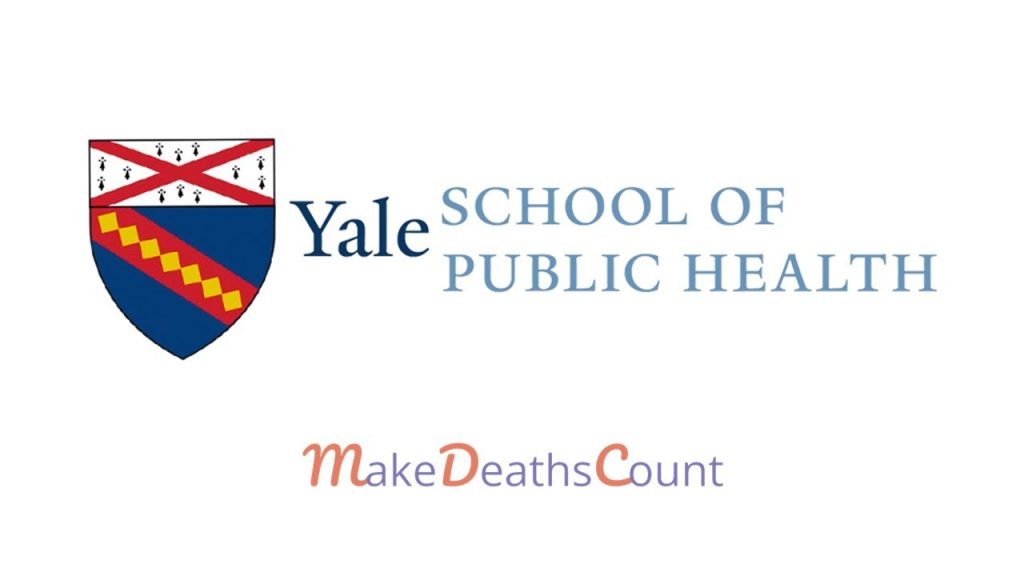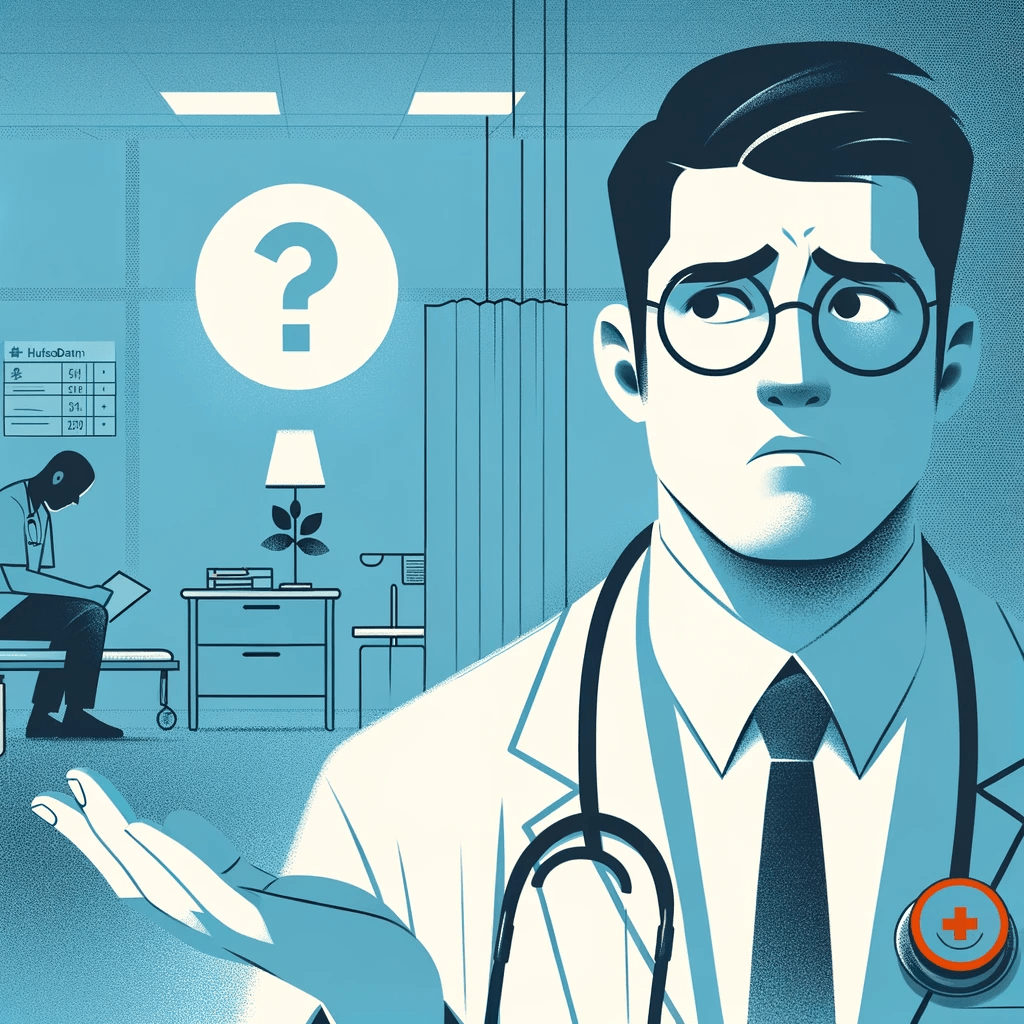
Mortality surveillance is defined as the processing and analysing of recorded deaths. It is crucial that mortality surveillance is present in hospitals as the data can then be used to improve patient treatment and care.
Pregnancy: Hospital mortality surveillance is key to understanding and improving child delivery within hospitals. If a child or patient passes away during pregnancy or birth that data is recorded by the hospital. The hospital then compiles and analyzes the data to discover any patterns that may be leading to patient or child death. Recent mortality data has revealed that those who have cardiovascular heart conditions is a major cause for death during pregnancy. Mortality data is able to identify those at risk for death while pregnant so physicians can take the necessary precautions to prevent patient death.
Disease Treatment: Combatting and preventing diseases rely heavily on hospital mortality surveillance in order to mitigate the spread and improve quality of treatment against the disease. Hospitals will record the information of a patient that had passed away due to a certain disease. The data can then be analyzed to improve patient treatment and mitigate disease spread. For example, mortality surveillance was an extremely important factor in mitigating the spread of the Covid-19 virus. The data helped identify those most at risk for death if they came in contact with the virus, helped administer appropriate vaccines for certain age groups, and helped improve treatment from hospitals to those suffering with the disease.
Overall hospital quality: Mortality surveillance in general can give us a general idea of the overall quality of the hospitals. Hospital quality relies on a number of factors including sanitization, quality of physicians, quality of hospitals resources and materials. The mortality surveillance data of a hospital can help identify areas of the hospitals that may be inefficient or of poor quality, and then the hospitals can use this information to make improvements to patient care over all.




